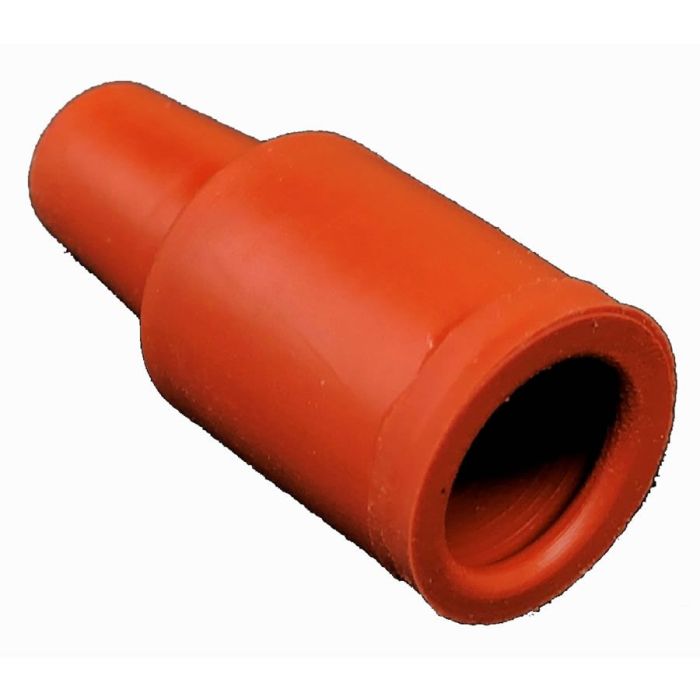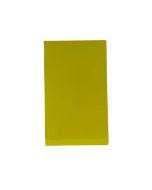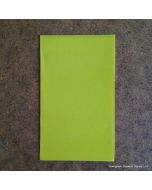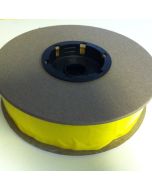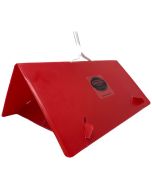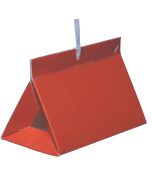European Grapevine Moth Lure
Latin Name: Lobesia botrana
Lure: a Red Rubber Septum.
Lure Active Ingredient: (E,Z)-7,9-Dodecadienyl acetate, (E)-7-Dodecenyl acetate and Butylated Hydroxytoluene
Field Life: 4 weeks
Trap to Use: Red Paper or Plastic Delta trap
Monitoring Strategy: Place traps high in the canopy, preferably higher than 1.5 m above the ground. Place at least one trap per 30 acres or per vineyard block if smaller. Check traps weekly. Plot the weekly catches to determine initiation and peak of male flights in each generation. Continue monitoring with traps until the peak of the third flight. Check with Cooperative Extension or Master Gardener for local information and recommendations.
Cultural and Physical Control: The removal of bunches that remain in place after harvest is especially important. In extreme situations of high infestation and as a way to eradicate the pest, it is possible to remove the loose bark from the plants (debark) in the winter in order to reduce the population of hibernating pupae. The removed bark must be taken care of by destroying it.
Distribution: Native to southern Italy, now found throughout Europe, Japan, the Middle East and in North and West Africa. It has been introduced into the United States.
Hosts: Grape is preferred host but also found on black and red currant, blackberry, gooseberry, olive, cherry, prune, kiwi and others as well as numerous wild hosts.
Description: Adult moth: Forewings are tan-cream in color with gray-blue, brown and black blotches. Hind wings are gray with a fringed border. Both male and females are 6-8 mm long with a wingspan of 11-13 mm.
Larvae: Creamy white with a black head at emergence. Later, head turns tan to yellowishbrown, with a length of 12-15 mm.
Eggs: Iridescent initially creamy white but turn yellow as they mature, eventually black as the head of the larvae is formed. Elliptical, flat 0.6-0.8 mm long.
Life Cycle: Several generations per season, depending on local conditions such as climate. Eggs (40-60 per female) are mostly laid individually, preferably in sun-protected places in inflorescences, in bunches of grapes, in the folds of dry leaves, under the bark, the straw mulch, in cracks in support-stakes or under earth mounds. The larvae hatch after 4-15 days, and are initially very active, dispersing rapidly. In non-diapausing individuals (i.e. during the summer), the adult moth emerges 8-14 days after pupation. The first adults appear in the spring when the vines develop their first leaves. Two or three days after mating, oviposition begins.
